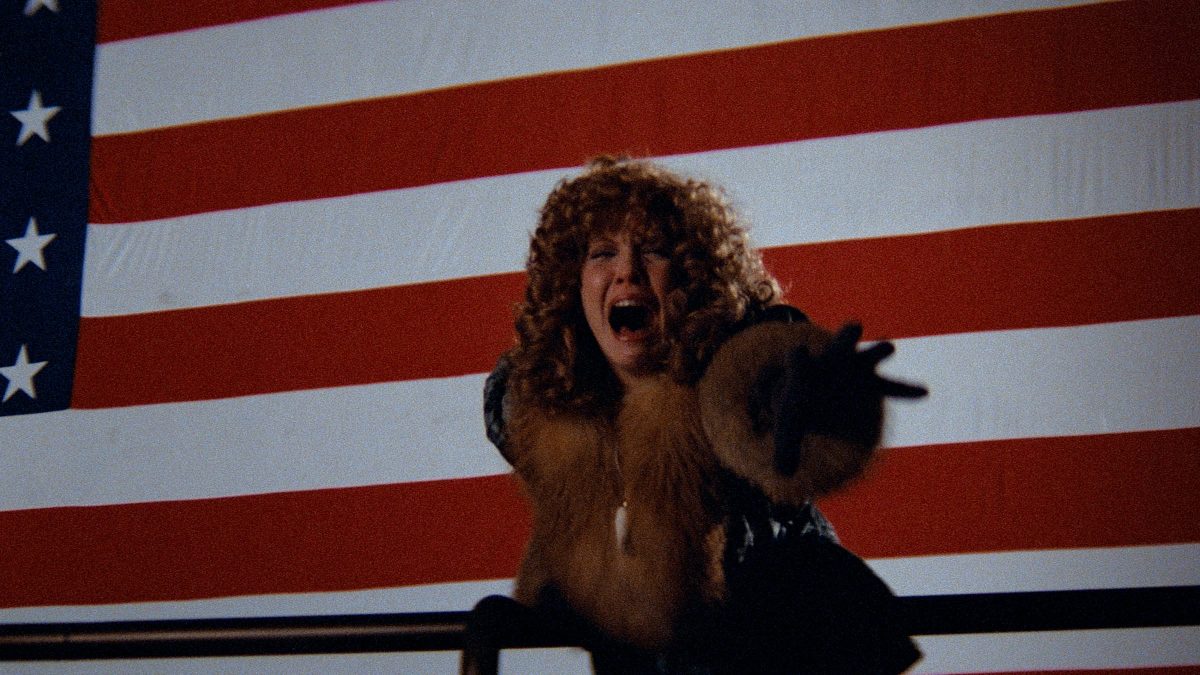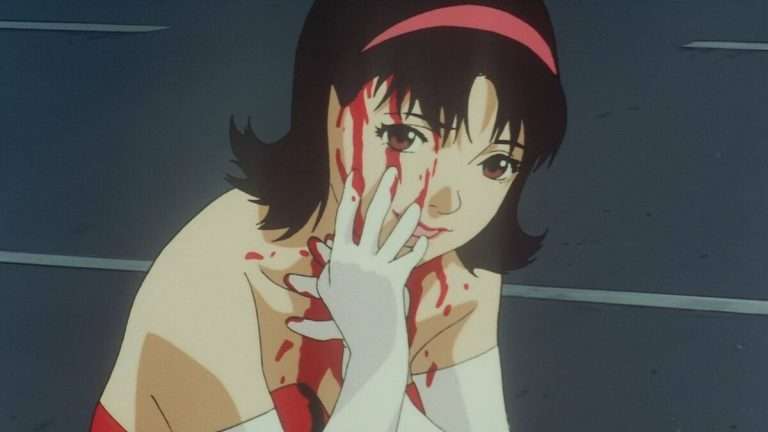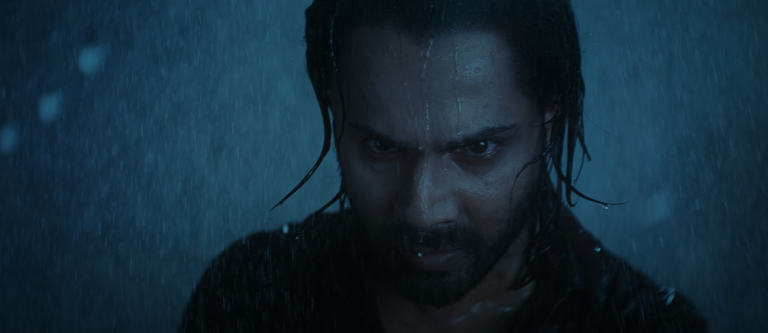Starring John Travolta and Nancy Allen, “Blow Out” (1981) is Brian De Palma’s cult masterpiece. The film is a testament to De Palma’s gloriously sleek filmmaking style and a scathing dissection of bleak hopelessness and morbid despair. Inspired by Michelangelo Antonioni’s film “Blow-Up” (1966), “Blow Out” explores the themes of voyeurism, obsession, and ethical dilemma in crafting art. Travolta plays sound technician Jack Terri, who accidentally records audio evidence that could prove a murder.
Blow Out (1981) Plot Summary & Movie Synopsis:
The film starts with a fake cold open scene where we see a mass murderer raiding a college girls’ hostel, like in a typical slasher movie. We quickly realize that it is indeed a horror movie scene, as we see the director, Sam, and the sound technician, Jack Terri (John Travolta), watching it. They are particularly disturbed by the meek screaming sound of one of the actresses. Sam asks Jack to find a better scream. While recording sample sounds in a park, by a creek, Jack witnesses a car accident. The car drives straight into the water. Jack dives in. He manages to rescue a young woman from the passenger seat. However, the male driver dies.
After all of the involved parties are checked into a hospital, Jack learns that the dead man was Governor McRyan. McRyan was also one of the presidential hopefuls. In fact, McRyan was touted to be the favorite to win. Jack is taken aside by McRyan’s secretary and told not to mention the woman. He meets the woman and learns her name is Sally (Nancy Allen). Jack and Sally develop a friendship. After being discharged from the hospital, Jack listens to his recordings. The ones he captured on the night of McRyan’s death.
To his horror, Jack hears a gunshot before McRyan’s car goes out of control. Jack becomes convinced that McRyan was assassinated. Meanwhile, a man named Manny Karp (Dennis Franz) comes forward as a witness. He seems to have recorded McRyan’s ‘accident’ on a video camera. From Manny’s published photos and his recordings, Jack reconstructs a mini-movie of the accident. He can see the flare of a gun. He tries to find Manny to get the original film. But he is surprised to find that Sally knew Manny all along.
When Jack confronts Sally, she confesses that the entire thing was Manny’s idea. Sally often worked as an escort. It was her job to lure McRyan. However, she says that McRyan was not supposed to die. At least not according to what Manny told her. The idea was to get McRyan’s sleazy photos, which could have been used by the opposition to malign McRyan’s image. Jack asks Sally to find Manny and get the videotape, which she does, after overcoming Manny’s rape attempt.
Blow Out (1981) Movie Ending Explained:
Why Did Burke Kill the Other Women?
Unbeknownst to Jack and Sally, the true conspirators of McRyan’s accident get into action. Specifically, one of them. It appears Manny was contacted by a hired assassin named Burke (John Lithgow). Burke, on the other hand, was hired by McRyan’s rival candidate’s aide. This aide, who only wanted to find compromising photos of McRyan, backs out after finding that Burke did shoot at McRyan’s car’s tyre, causing his death. However, Burke takes it upon himself to tie up the loose ends, namely, Sally and Jack.
Burke’s initial attempt backfires as he kills another female escort, whom he mistook for Sally. This gives him the idea to hide his intended murder. Like Agatha Christie’s famous “The ABC Murders,” Burke commits more murders. All of his victims were escorts and looked like Sally. This way, he establishes a fake serial killer. The media starts to look for the ‘Liberty Bell Strangler.’ This ensures that when Burke does kill Sally, her murder will also be attributed to this serial killer, who does not exist.
What Happens to Sally?

Jack is contacted by a talk-show host named Frank Donahue. He informs that if Jack presents his audio-visual evidence, he will broadcast that on his channel. However, Jack is not aware that Burke has tapped his phone. So, Burke becomes aware of this advancement. Using this knowledge, Burke calls Sally, pretending to be Donahue. He invites her to meet him at a train station. When Jack learns about this, he grows suspicious. He copies his audio tape, but cannot copy the video.
On the day of the meeting, Jack puts wired microphones on Sally to listen to her conversation with Donahue. He remains close by while Sally awaits Donahue. Burke appears and introduces himself to Sally as Donahue. Having not met Donahue before, Sally believes him. However, Jack has met Donahue before. So, he realizes that this is not Donahue. Realizing that Sally is in danger, he rushes towards the station. But Burke has already boarded a train with Sally.
Jack relies on the wiretapped conversations and follows them. After an eventful chase, Jack sees Burke and Sally on the top of a building’s roof. By that time, Burke had already taken both the tapes from her. He has thrown them in a river. As Burke and Sally struggle on the roof, Jack runs towards them. When Jack reaches the roof, he finds Burke raising his knife to stab Sally. He stops him and uses the knife to stab Burke instead. He kills Burke. However, Burke has already killed Sally by strangulation. A devastated Jack holds Sally’s lifeless body and breaks down in tears.
What Happens to Jack and the Investigation?
After that event, it is implied that Jack was not arrested, as the police wanted to close the “Liberty Bell Strangler” case. They also ignored the fact that Jack killed Burke, because Jack’s version of the event would have meant disclosure of the truth of McRyan’s death. The official version of Burke’s death stated that the ‘serial killer’ died at the hands of his last victim, Sally. A quick news report also implies that McRyan’s death was officially concluded as an accident. Jack’s audio tape copy was not enough to expose the cover-up.
The denial of truth, on top of the despairing loss of Sally, seems to have broken Jack. We see him go back to work on the horror movie that he was working on before all of these happened. Sally’s dying screams, which were recorded by Jack’s wiretap recorder, become a painful obsession for Jack. Eventually, Jack uses that scream to dub over the unsatisfactory one done by the actress. This morbid immortalization of Sally’s scream forces Jack to cover his ears whenever that scene appears on screen.
Blow Out (1981) Movie Themes Analyzed:
The Lure of Voyeurism
Like its inspiration, Antonioni’s “Blow Up” “Blow Out” also delves deep into the lure of voyeurism. Starting with the fake movie scene, where a police officer looks straight into semi-naked girls dancing without the girls’ knowledge, the film dabbles with moments where people pry into others’ affairs.
For instance, Jack records and listens to a couple’s fight right before the pivotal accident. De Palma’s stylistic choice often alludes to this ‘Peeping Tom’ tendencies. There are a handful of shots where we see the subject, like Jack, through the window. From the perspective of someone standing by the sidewalk, looking up at a building’s windows to see what the people behind them are doing.
The movie revolves around Jack’s obsessive pursuit of truth. His elaborate reconstruction (De Palma’s homage to the audio-visual medium we love) of the accident scene is contagiously gripping. No wonder Sally gives in and joins him. In this fight for the truth, his prying acts become justified. Listening to other people’s conversations is a big tool in this film. Burke does this to gain the upper hand. Jack does this to find Burke. This non-sexual version of voyeurism leads to its worst outcome as Sally’s dying scream becomes a tool for a B-grade flick. This brings us to the second point.
Art and Ethical Responsibility
Without any doubt, De Palma wanted this film to be as provocative as possible. The last scene is a testament to that. It poses the uncomfortable question of ethical responsibility in the face of creating art. Something which, more recently, Alex Garland’s “Civil War” looked into, in the context of photojournalism. Jack’s usage of Sally’s dying scream borders on the territory of snuff movies.
Despite being ethically repugnant, that raw, visceral scream does elevate the horror movie’s scene. It was the scream the director was looking for. But does that lessen Jack’s pain? It does not appear so. On the contrary, it aggravates the trauma. What is art if it is not humane? The line, perhaps, should not be crossed where an artist’s soul sheds its humanity.







